The year-long 60th anniversary celebration continues at Angelo Caputo’s Fresh Markets. “The Angelo Caputo Family has been in business for 60 years,” said Giancarlo Presta, grandson of Angelo Caputo and General Manager of the company. “We wanted to show our appreciation to the people who made that possible, our customers, and have a little fun while doing it—not just for one day but throughout the year.”
And that’s exactly what we’ve done. During the summer months, Caputo’s hosted a series of all-you-can-eat Parking Lot Picnics featuring grilled burgers, hot dogs, and our famous Italian sausage, plus sides, drinks, and desserts. Now, as summer gives way to fall, each of our seven locations is hosting Check Out Caputo’s, an in-store game where the winning customers walk out with prizes in addition to their groceries.
Here’s how it works: Each store location will host Check Out Caputo’s for one day from 11:00 AM until 3:00 PM. On the day of the event, our prize team will be set up at the front of the store with a bingo ball machine, a prize wheel and a table filled with prizes. Every 15 minutes, the prize team will be drawing a numbered ball to determine the “winning” checkout lane. All customers in the “winning” lane will be given a card that allows them to play the game over at the prize station after they finish checking out. Each card holder will receive a $5 Caputo’s gift card and be allowed to spin the wheel for a chance to win some great prizes.
The first game event was held on Saturday, September 8 at our Elmwood Park market. Greeters were handing out complimentary shopping list pads to all customers as they entered the store. Winning customers were allowed to select their own prizes, which ranged from gadgets to small appliances. There were many smiles and even a few squeals of delight as the game continued. Several members of the Angelo Caputo family were on hand to greet the winners and personally thank them for being customers.
Occasionally an individual would walk up to the prize station and ask what they needed to do in order to play. Nobody knows in advance which lane number will be pulled, so winning is simply a matter of shopping at Caputo’s while the game is being played and being in the right place at the right time.
The Check Out Caputo’s game will be hosted for one day at each of the remaining store locations during the months of September and October. Here is the current schedule. We hope to see you there!
Hanover Park – September 15, 11 AM to 3 PM
Carol Stream – September 22, 11 AM to 3 PM
Bloomingdale – September 29, 11 AM to 3 PM
South Elgin – October 6, 11 AM to 3 PM
Naperville – October 20, 11 AM to 3 PM
Addison – October 27, 11 AM to 3 PM
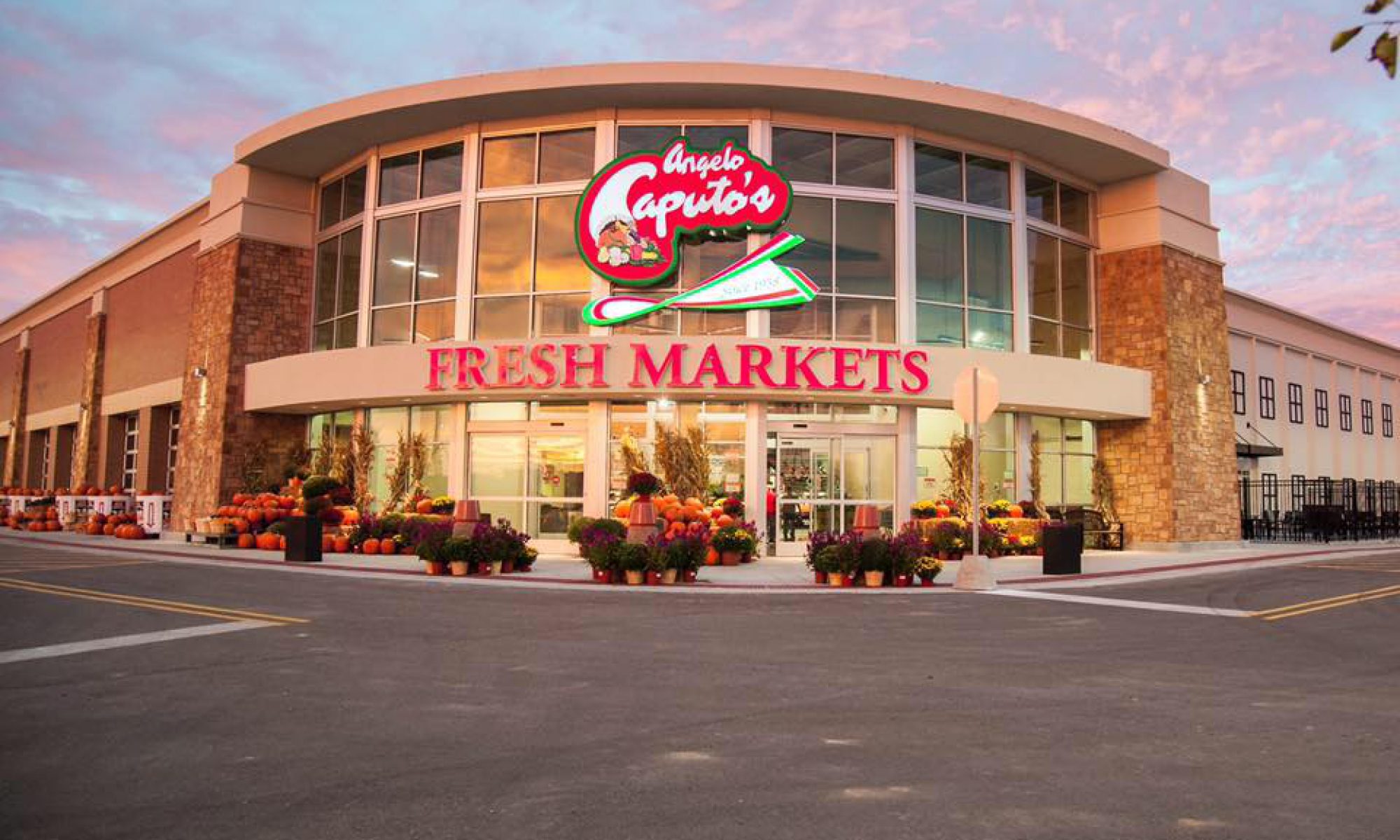
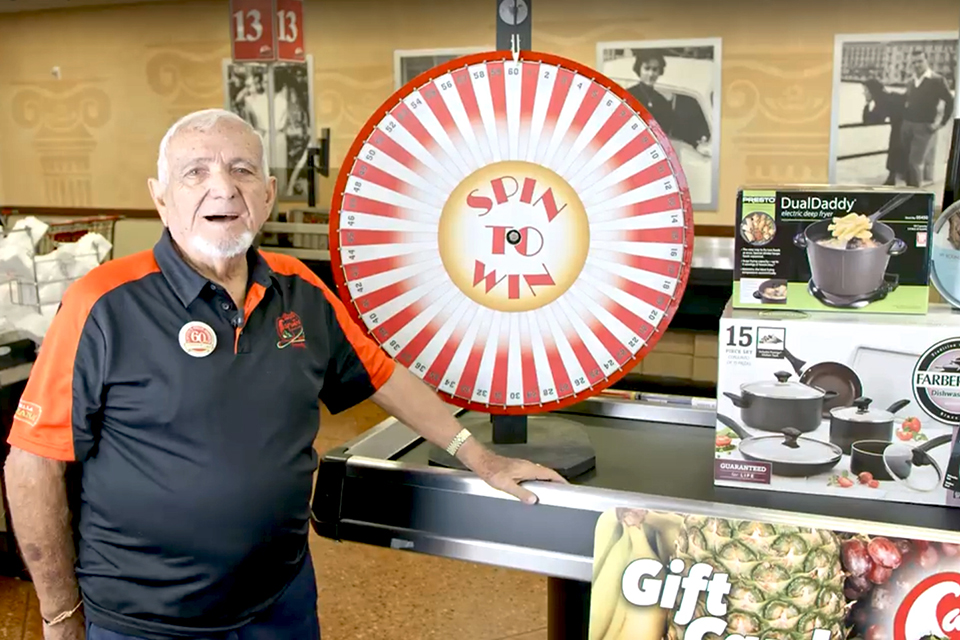

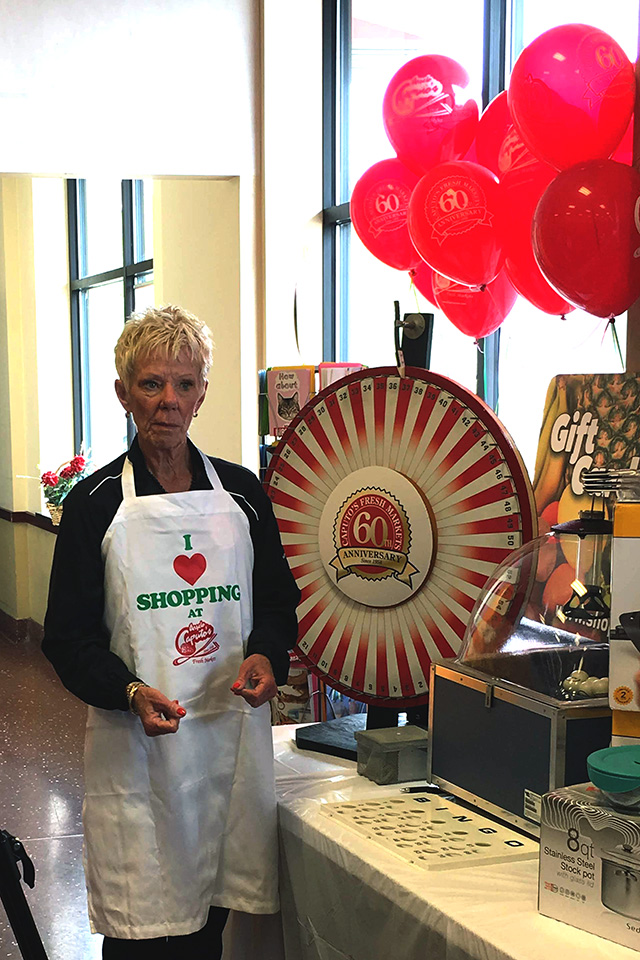


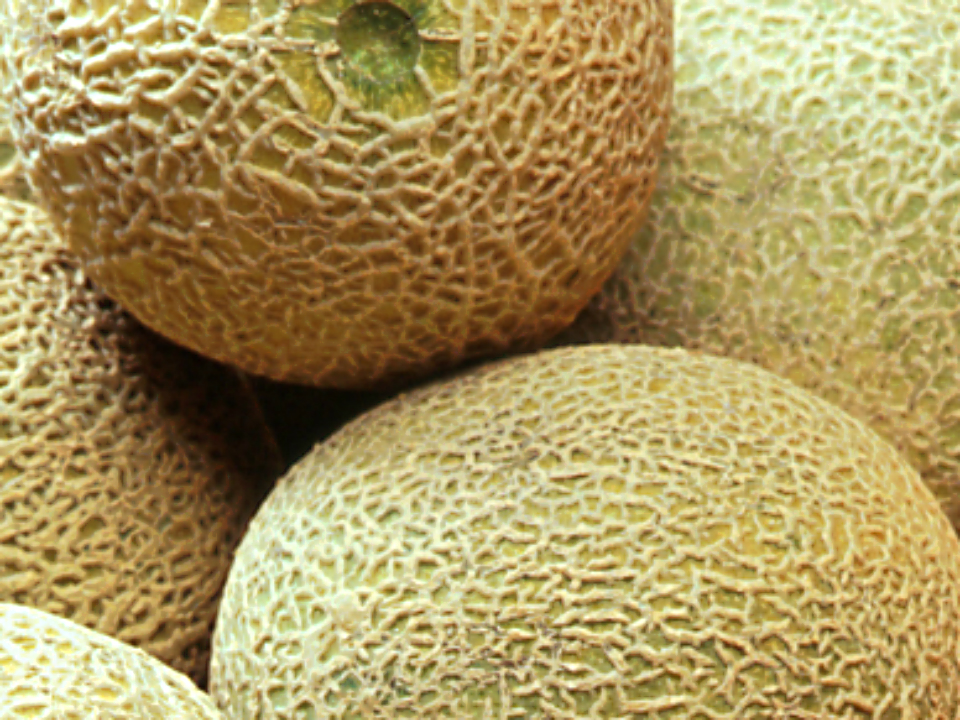
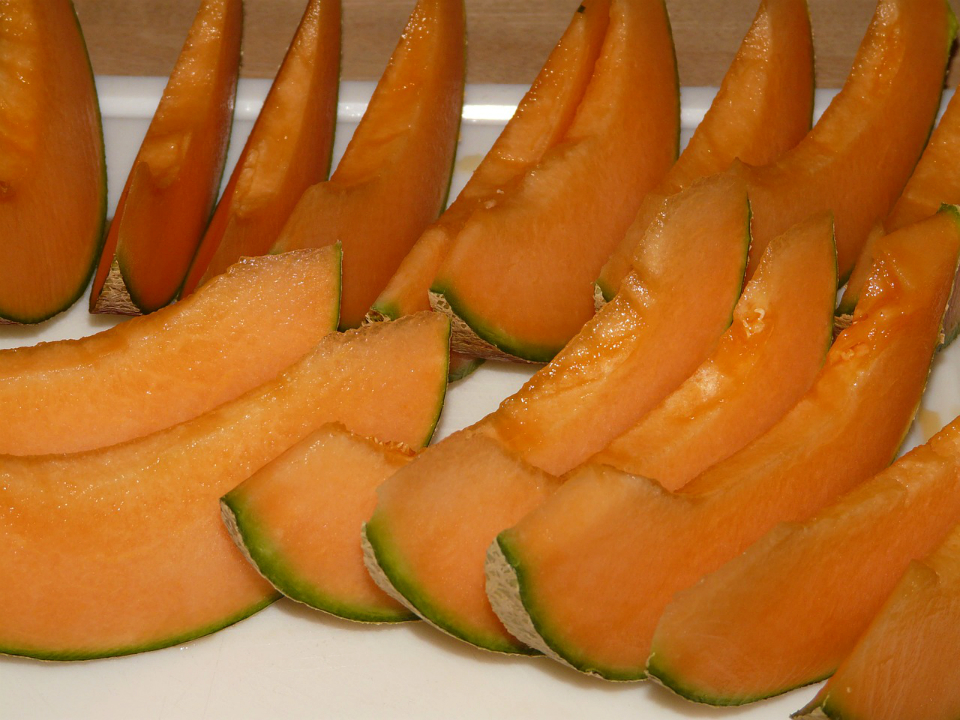
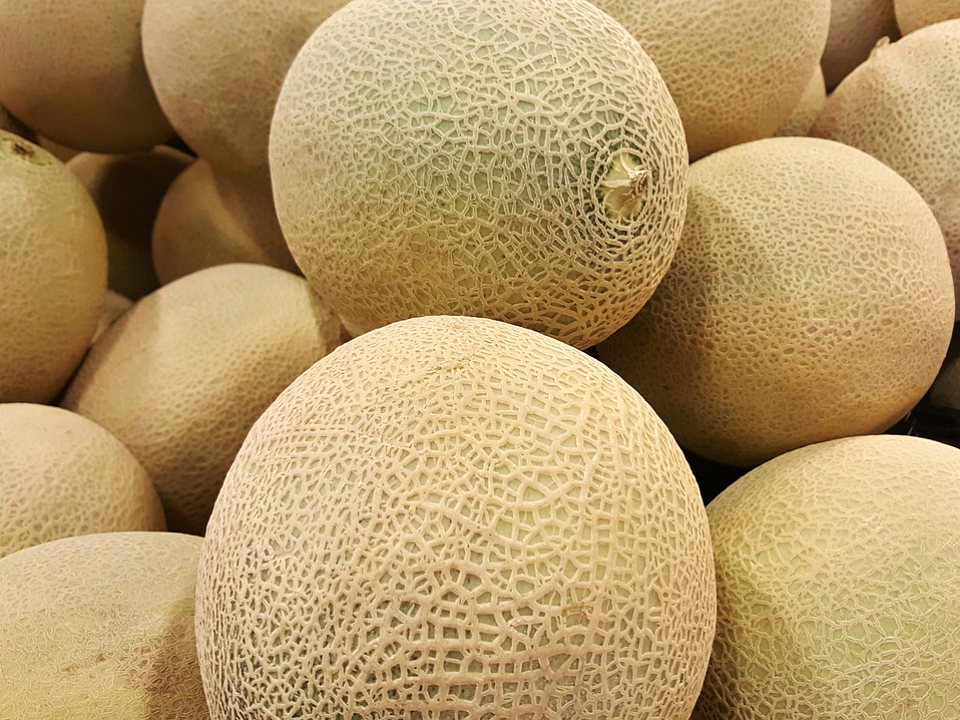



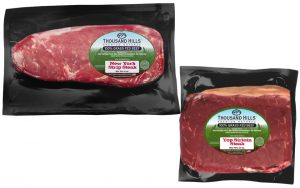
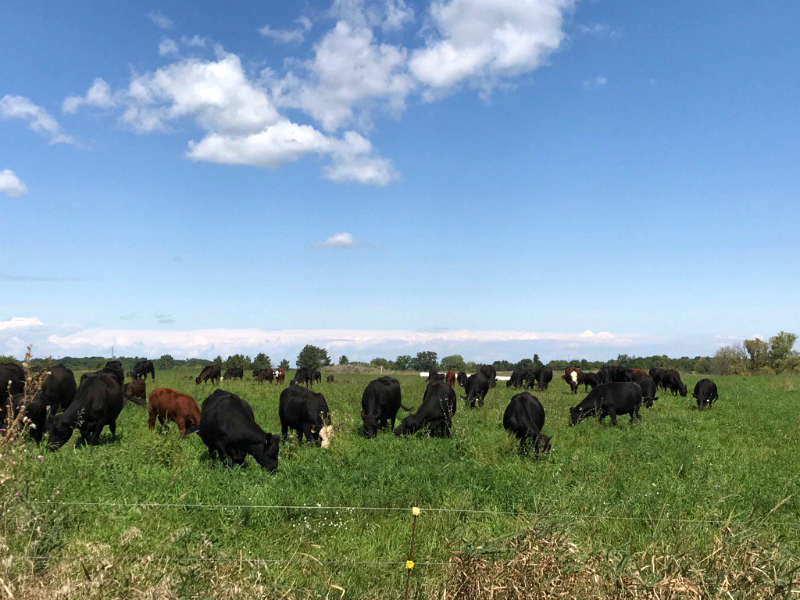
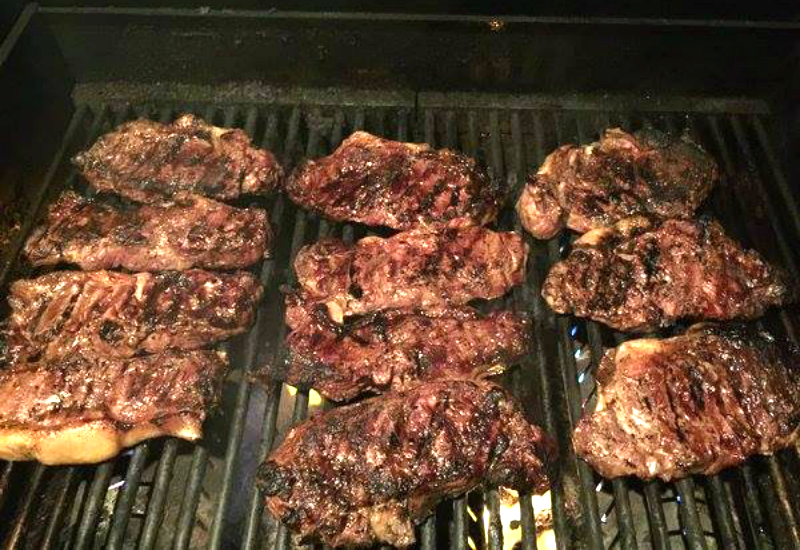

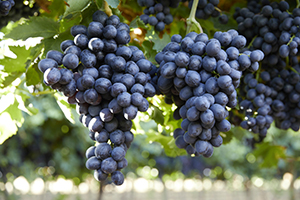
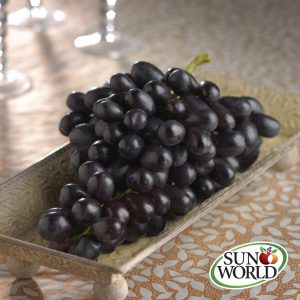
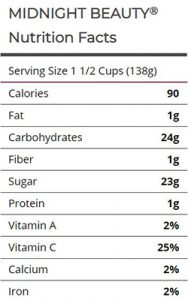
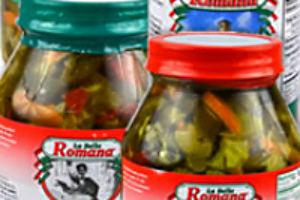
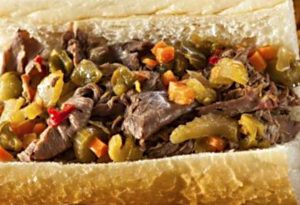

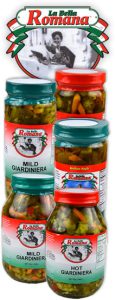





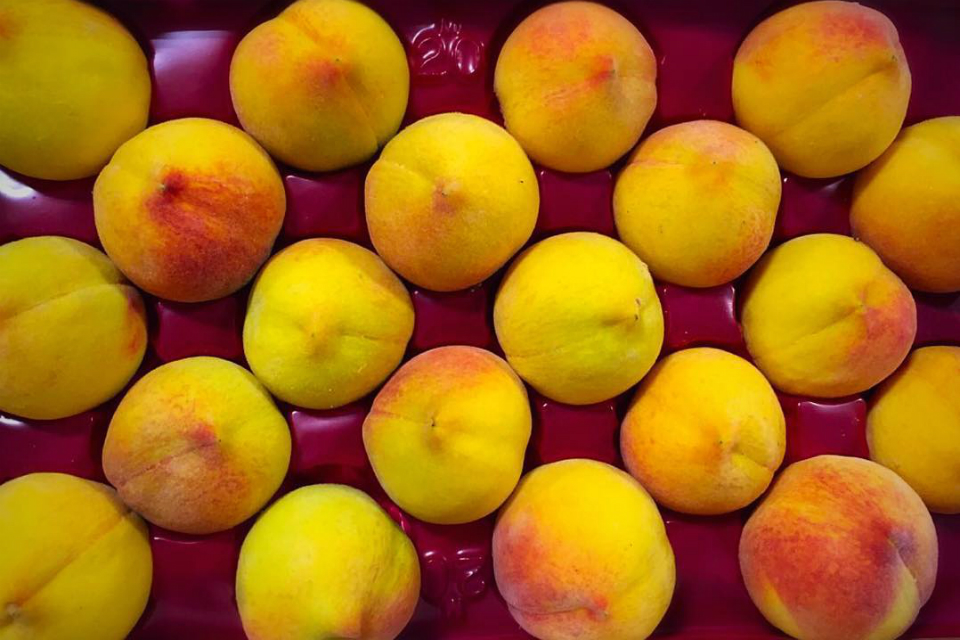
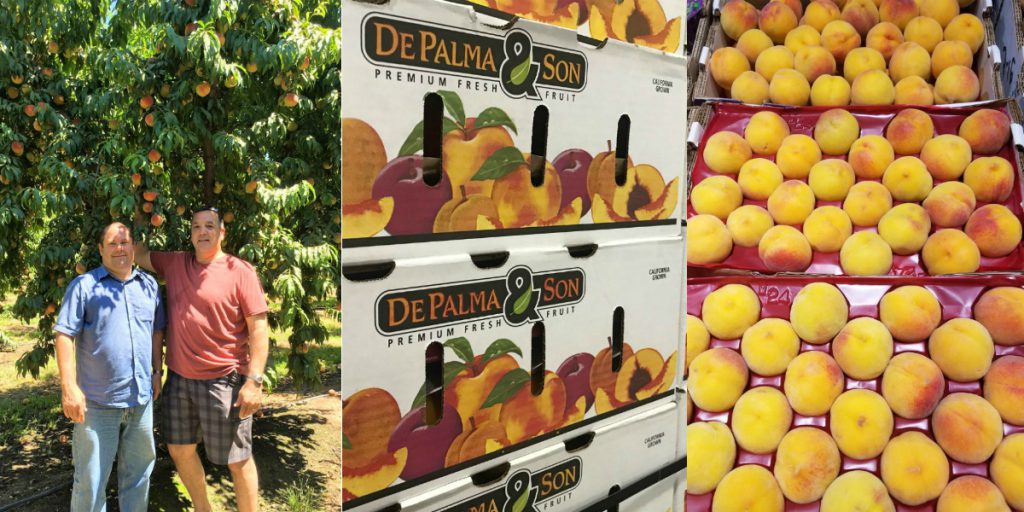
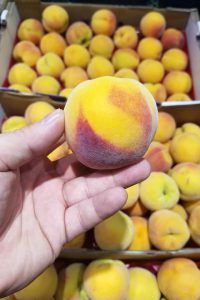

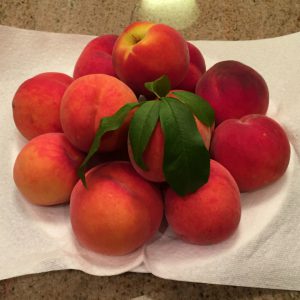
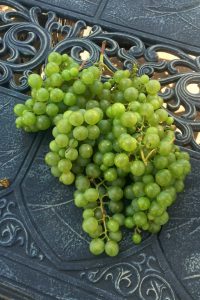


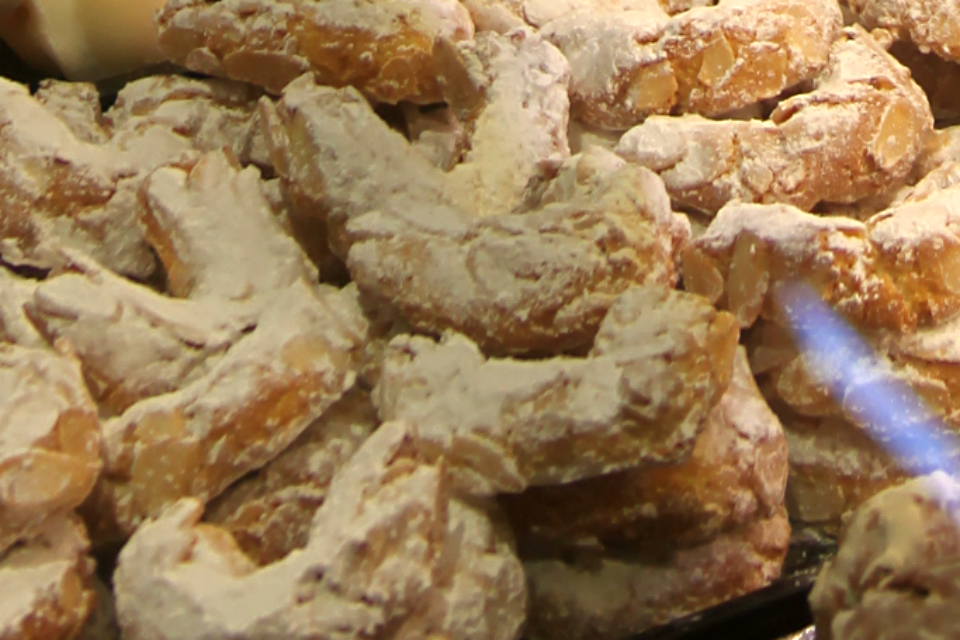



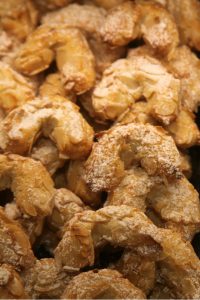

 You may be expecting us to say that the recipe for our famous homemade Italian sausage has gone unchanged for hundreds of years, but that would only be partially true. As has been the case in many Italian families, the original family recipes did not exist in written form but were handed down from one generation to the next in the kitchen. Young people learned the craft by observing and helping their parents, grandparents, and other relatives. This is why there are subtle (and sometimes not so subtle) variations between the same dishes as prepared by different members of the same family.
You may be expecting us to say that the recipe for our famous homemade Italian sausage has gone unchanged for hundreds of years, but that would only be partially true. As has been the case in many Italian families, the original family recipes did not exist in written form but were handed down from one generation to the next in the kitchen. Young people learned the craft by observing and helping their parents, grandparents, and other relatives. This is why there are subtle (and sometimes not so subtle) variations between the same dishes as prepared by different members of the same family. Of course when it comes to making Angelo’s Signature Italian Sausage for our customers, some of whom drive quite a few miles to get theirs, consistency becomes rather important. We couldn’t simply hope that the unwritten traditions handed down through the generations would translate to the same great tasting product day after day. Rather, we felt compelled to make it even better!
Of course when it comes to making Angelo’s Signature Italian Sausage for our customers, some of whom drive quite a few miles to get theirs, consistency becomes rather important. We couldn’t simply hope that the unwritten traditions handed down through the generations would translate to the same great tasting product day after day. Rather, we felt compelled to make it even better! We begin with our old-world tradition of using hand-trimmed lean pork and mix in our private blend of aromatic spices and seasonings, developed expressly for this purpose. It has taken years of continually refining our art to reach this point and the result is a consistent sausage that’s bursting with flavor and will simply amaze your palate! We are
We begin with our old-world tradition of using hand-trimmed lean pork and mix in our private blend of aromatic spices and seasonings, developed expressly for this purpose. It has taken years of continually refining our art to reach this point and the result is a consistent sausage that’s bursting with flavor and will simply amaze your palate! We are